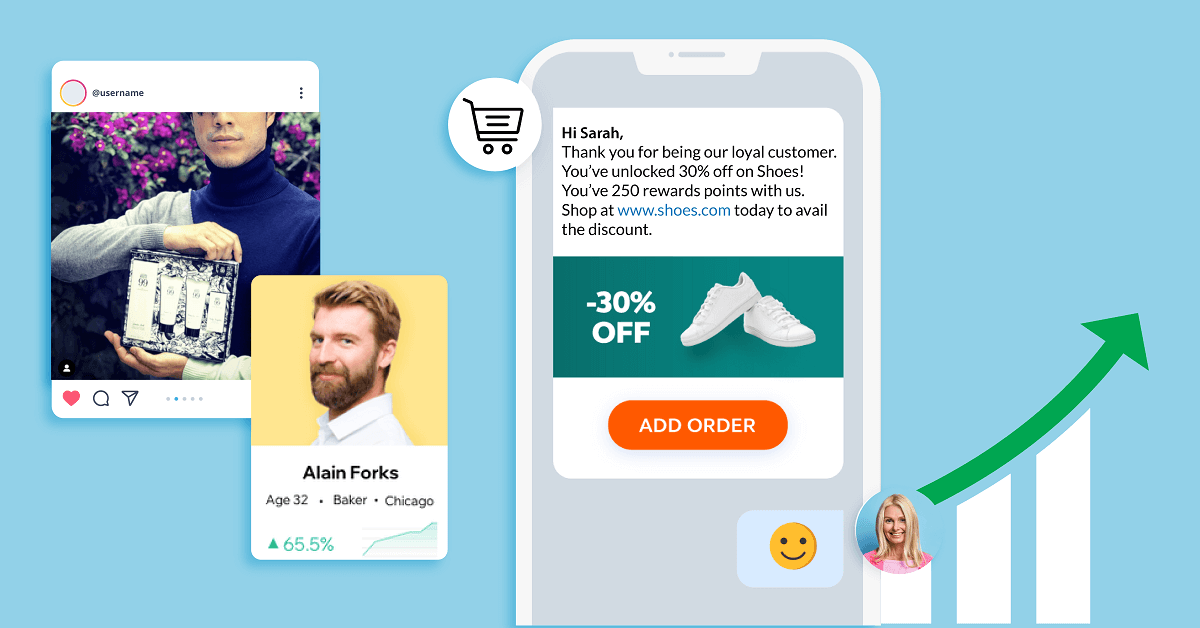As a growing e-commerce brand, it’s essential to have a solid marketing strategy to help you generate more revenue and retain more customers.
Building a solid online presence is critical to succeeding in today’s increasingly competitive market, whether you’re an existing D2C business or are considering switching to a D2C model.
In this ever-evolving landscape of e-commerce, where ticking the customers’ pulse is crucial to growing, what are your options? What can your D2C brand do to stand apart from the competition and win happier customers?
This blog will see six clever marketing strategies for D2C brands to help accelerate their growth – and outsmart their competition with real value for customers.
Let us get going!
1. Leverage Use-Generated Content to Enhance Your D2C Brand’s Online Presence
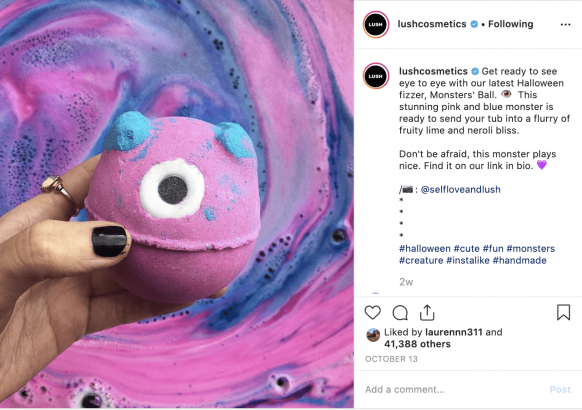
Simply utilising user-generated content to promote your brand may be as effective as leveraging influencers and sponsored media to increase brand recognition.
Real-time insights and increased interaction can be achieved through social media. For example, Nike’s ‘Play New’ campaign used augmented reality lenses on TikTok and Snapchat to engage consumers with real-time data and motivational messages. This D2C marketing effort has generated over 600 million impressions alone in the first two weeks.
The brand appears accessible- there is a clear sense of transparency and trust. Customers are more likely to engage with a genuine brand and be upfront with them.
By being open about your manufacturing process, delivery methods, etc., you can create a deeper connection with potential customers and increase the likelihood of doing business with you.
So think about your brand’s core values and how customers can connect with them to produce and promote content in-line with your growth.
2. Send Purpose-Driven Marketing Campaigns
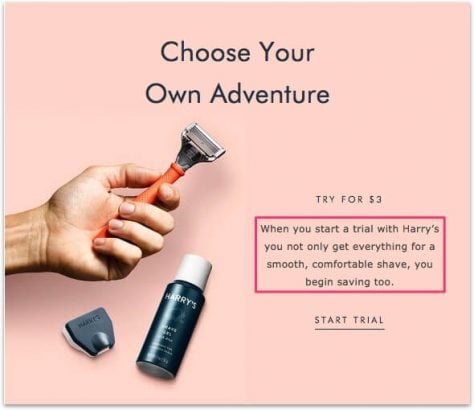
Customers today are more discerning than ever before. Aside from providing high-quality goods, promoting a clear brand purpose can help you attract more customer service and give your D2C marketing campaign an edge. Consumers are four to six times more likely to buy from and promote companies with a purpose.
For example, Harry’s D2C marketing plan is centred around promoting social causes about men. By redefining what it means to be a man, they differentiated themselves from other men’s care companies. A sizable part of their marketing approach promotes social issues, from earlier collaborative efforts like “Project 84” highlighting the issue of male suicide to the recent non-profit donation drive of USD 5 million in support of mental health for men – Harry’s marketing groove lies in the genuine promotion of social causes deeply engrained in their brand’s business values.
3. Optimize Critical KPIs To Retain More Customers
A full-fledged customer retention plan is critical for every business, especially the e-commerce brands that derive up to 80% of their revenue from their top 20% loyal buyers.
Retaining your best customers is a smart strategy for long-term sustained revenue and saving immense costs of acquiring new customers – which can be up to 5x higher than just retaining them!
Retention marketing is the business strategy that nurtures and engages customers to come back and buy more. For any given D2C or e-commerce brand, retention marketing has three goals;
- Increase customer repeat purchase rate and bring old customers back into the buying cycle.
- Decrease customer churn rates and keep existing customers in the buying cycle.
- Drive purchase frequency and get customers to enter the buying cycle more often.
Moreover, retention marketing offers inherent benefits to e-commerce businesses as far as the growth metrics are concerned.
A bolstered customer retention strategy can;
- Boost your profits by 25-95%
- You are 65% more likely to convert an existing customer than a newly acquired one.
- You save 5x the costs of acquiring new customers.
- Retention marketing boosts your average order value for existing customers, up to 3x more than new acquisitions.
To help you increase customer retention and drive more repeat purchases, keep an eye on the following D2C brand metrics;
- Customer Churn Rate (CCR)
- Average Order Value (AOV)
- Repeat Purchase Ratio (RPR)
- Customer Experience Index
4. Offer Personalized Customer Experiences
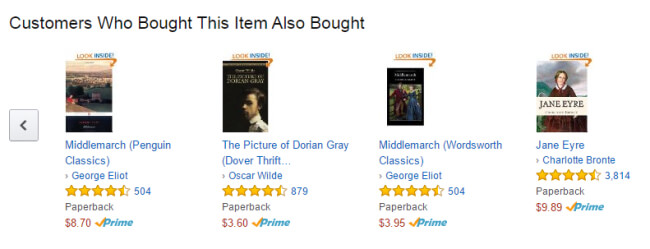
The term “eCommerce Personalization” is familiar among online retailers, and we count certain factors such as the practice of creating individual conversations and experiences. You must have seen the dynamically displaying content, product recommendations, or media that depends on browsing behaviour, demographics, psychology, and purchase history data on eCommerce sites. eCommerce Personalization is easily understood by real examples and tactics used in successful eCommerce stores.
ECommerce personalisation is an important competitive differential in this highly competitive retail scenario. Business people who effectively deliver personalised shopping experiences, either offline or online, can attract more customers, improve loyalty, and increase conversion rates.
D2C brands can leverage personalisation for precise campaign deployment and a high conversion rate.
Using the customer data effectively.
By knowing the personal detail of customers, you can interact with them most effectively. In personal information, we focus on multiple things such as name, gender, and age. After this, the traders can interact with customers through email.
Behaviorally triggered emails
Behavioural personalisation focuses on relevant information such as customers who have visited a site; those who wish to a bought product. It is all about the automated basket of a customer.
Personalised product recommendations
The term personalisation is not just all about sending or receiving emails. The other factors which play an essential role are the homepage or product page through which you can get complete information regarding every visitor.
Personalised call-to-action
This type of personalisation covers almost all D2C campaigns. Instead of targeting ample customers, one should concentrate on a particular buyer and their interest.
Customer profiling
Customer profiling is all about recommending based on customers’ likes and dislikes. It is like guesswork which includes an algorithm that involves information regarding customers’ behaviour.
5. Leverage Loyalty Programs
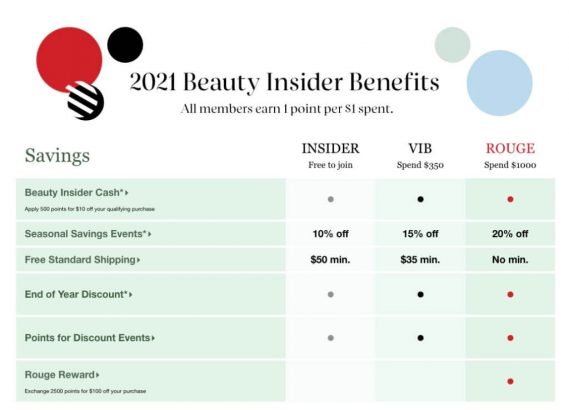
A general suggestion for increasing the customer base will be that you keep adding new customers to your clientele. But what if you lose as many customers as you gain. It will make your graph stagnant, and the growth will be zero.
To grow, you need to compensate for this loss. And to pay for this loss, you can either gain an extra number of customers or try to cut your losses. Studies have proven that it takes five times less effort to retain a new customer than acquire a new one.
Over the years, customer loyalty programs have emerged as a tried and tested way of retaining customers. These help you maintain your old customers while adding new ones.
For instance, most D2C brands can use a point-based loyalty system effectively. Point-based loyalty programs are one of the easiest and the simplest ways to improve customer involvement. As per this program, the customers earn some points whenever they purchase. Their points depend on the amount they’ve spent or the items they bought.
Customers can use these points in several ways. They can either redeem these points in the form of a discount on their next purchase, or they could redeem these points in the form of gifts. You could gift your customers small trial packs of your products in exchange for these points.
If a customer spends $100, you can give them 10 points. They could use these points to get either a discount or a gift.
6. Switch to Headless Commerce
What are the most effective techniques for online sellers to stay on top of new trends and react to technological change? And how can e-commerce platforms keep up with today’s consumer needs?
The answer for your D2C brand can be Headless commerce.
According to Forbes, $1.65 billion was raised for headless technologies in 2020–2021 alone, and as more e-commerce companies strive to keep up with current trends, this number is sure to rise.
What does ‘Headless Commerce’ mean anyway?
The decoupling of a website’s front-end presentation layer — which incorporates things like text colours and styles, pictures, graphs, tables, and buttons — from the back-end e-commerce functionality – pricing, infrastructure, security, checkout – is known as headless commerce architecture.
Developers can use their preferred frontend technology to create high-quality content experiences and integrate an e-commerce solution on the backend that handles all commerce activities.
Once you go headless, make sure to market it – and tell your target audience about it!
Are You Ready For Any E-commerce Marketing Mission?
Wigzo makes D2C brands mission-ready for any marketing campaign. Through its powerful marketing automation suite and centralised customer data capabilities, Wigzo helps brands accelerate their growth through omnichannel personalisation.
Take it for a FREE trial today and see how your D2C brand can win in its niche – just like Wigzo’s 1000+ successful user brands across the globe.
Happy marketing 🙂

